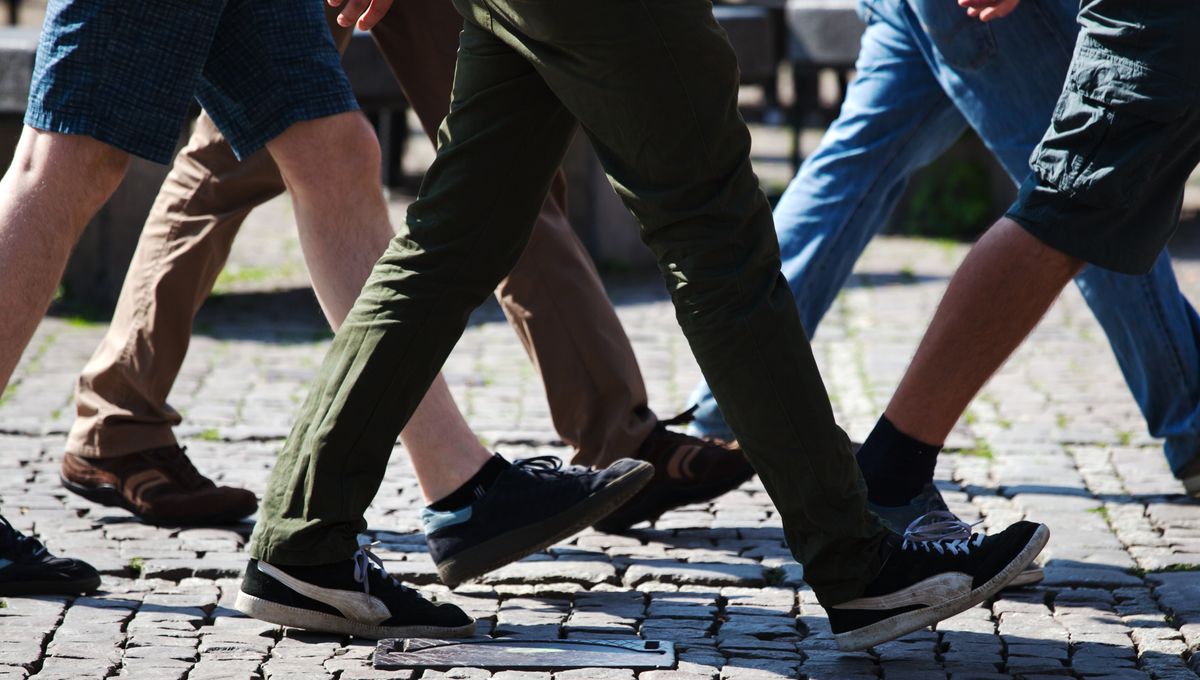A remarkable breakthrough has transformed the life of Marc Gauthier, a 63-year-old man from Bordeaux, France, who has been living with a neurodegenerative condition for over 20 years. This condition causes uncontrollable movements and coordination issues, leading Gauthier to fall multiple times a day. However, thanks to a groundbreaking neuroprosthetic device implant, Gauthier’s legs no longer freeze up, preventing these frequent falls.
The neuroprosthetic device works by delivering electrical stimulation to Gauthier’s spinal cord, aiming to activate dysfunctional neural circuits that affect his walking ability. While similar approaches have been used in Parkinson’s disease patients before, this particular implant was placed in the lower back, specifically targeting the lumbosacral spinal cord. By stimulating the neurons between the spinal cord and leg muscles, the device corrects the “incorrect” signals from the brain caused by the disease. The level of stimulation was personalized to Gauthier’s walking patterns, ensuring optimal results.
Now, with movement sensors placed on his legs, Gauthier’s walking triggers the implant to switch on and provide electrical stimulation to his spine. Even two years after the implantation, significant improvements in his walking ability have been observed. Researchers found that his walking pattern resembled that of a healthy individual rather than a fellow Parkinson’s patient.
Gauthier expressed his joy at the positive impact of the implant, stating, “Every Sunday, I go to the lake and walk around 6 kilometers (3.7 miles). It’s incredible.” This newfound freedom has transformed his day-to-day life, allowing him to engage in activities that were previously impossible due to the freezing of gait.
While this treatment has shown promising results, it is important to note that further research with more participants is necessary to determine its effectiveness as a widespread treatment for Parkinson’s disease. Susan Harkema, a neuroscientist at the University of Louisville, emphasized the need for more data before drawing definitive conclusions.
Regardless of the future implications, Gauthier’s story serves as a testament to the life-changing potential of this procedure. As he shared, “I would fall five to six times per day… And now it doesn’t happen anymore.”
The study detailing this breakthrough is published in Nature Medicine.








